The primary sugar in cow’s milk is called lactose and lactose intolerance is becoming a growing trend in western societies. Mammals typically stop consuming milk from their mother at a young age but remain—for the most part—at least somewhat lactose tolerant.
Whether or not an animal can consume cow’s milk almost always boils down to lactose tolerance. With that being said, here are the 7 animals that can drink cow’s milk.
Table of Contents
Lambs
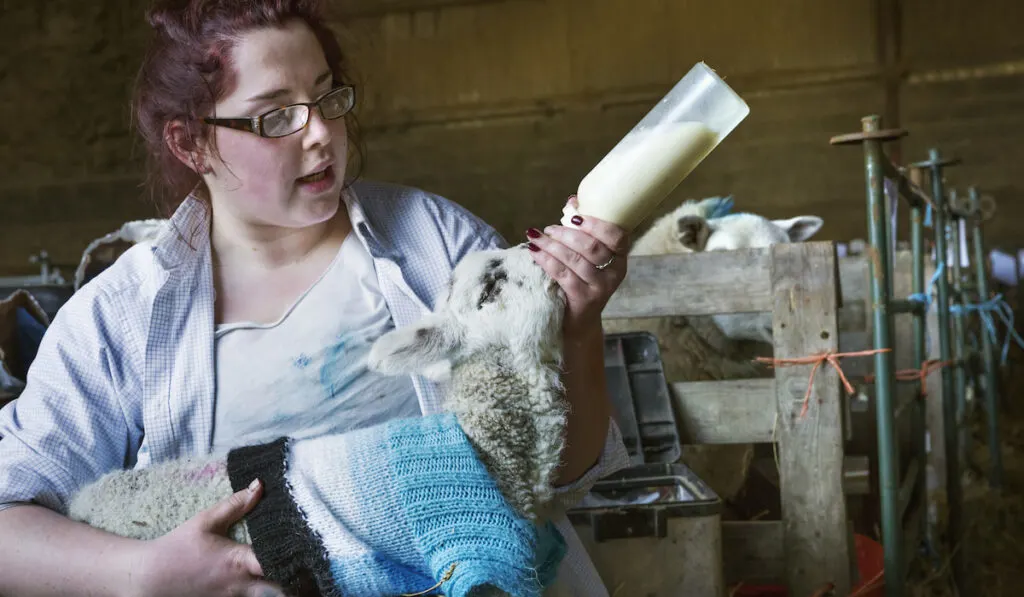
When discussing whether or not lambs can drink cow’s milk, it’s always within the context of rearing them when their mother has passed on and there is no other source of milk available. The dosage is different, however, as there is less fat in cow’s milk than there is in sheep’s milk.
The level of lactose in cow’s milk is also quite a bit higher, so it’s something that has to be considered when rearing a lamb and cow’s milk is the only available substitute.
Since the fat levels in cow’s milk are lower than sheep’s, fat and oil should be added when substituting cow’s milk.
Scientific studies show that cow’s milk is fine for lambs, so long as you add the additional fat levels that they need. While standard, store-bought milk is ok, it’s far better to use whole, powdered milk. (Source)
Fortunately, lambs aren’t affected by the lactose levels in cow’s milk, only the lack of fat.
Foals
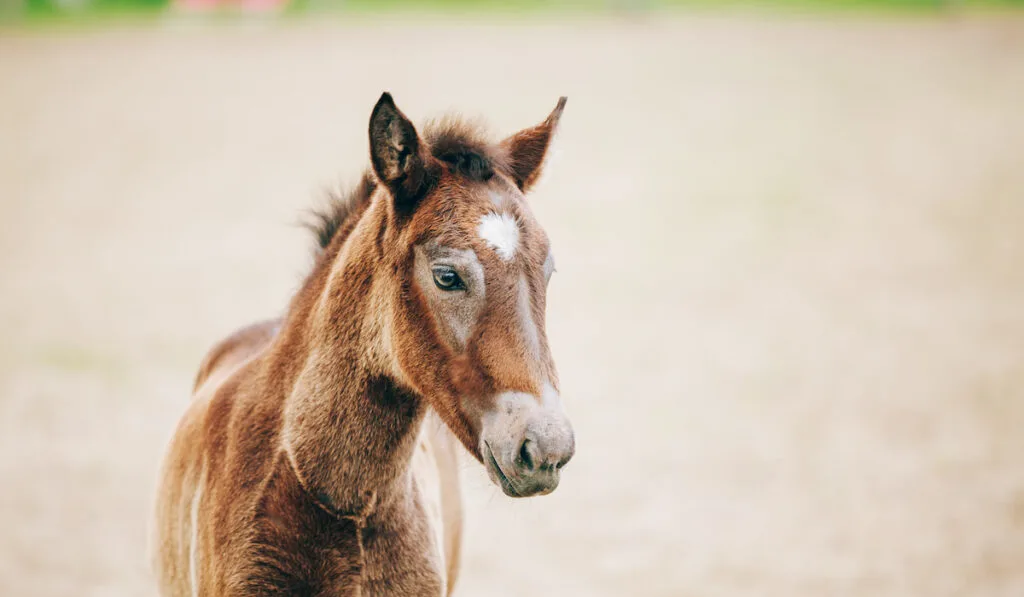
It’s not the ideal scenario, but foals can be reared on cow’s milk alone if you supply it with certain additives along the way. Cow’s milk lacks the whey protein levels found in mare’s milk.
In addition to the lack of whey protein, cow’s milk has twice the level of fat found in mare’s milk and only half the necessary lactose. If you have to rear a foal on cow’s milk, the extra nutrients that they need should be supplied as well.
The fat in the milk is neither here nor there since a foal can easily digest it. However, they need that whey protein and extra lactose that’s distinctly lacking in cow’s milk.
In order for a foal to get adequate nutrients from cow’s milk, you should mix 2% milk with limewater at a 2:1 ratio, add in dextrose via pectin, and calcium oxide.
If a foal drinks standard milk, it certainly won’t hurt it, but it will lack the essentials over time.
Pigs
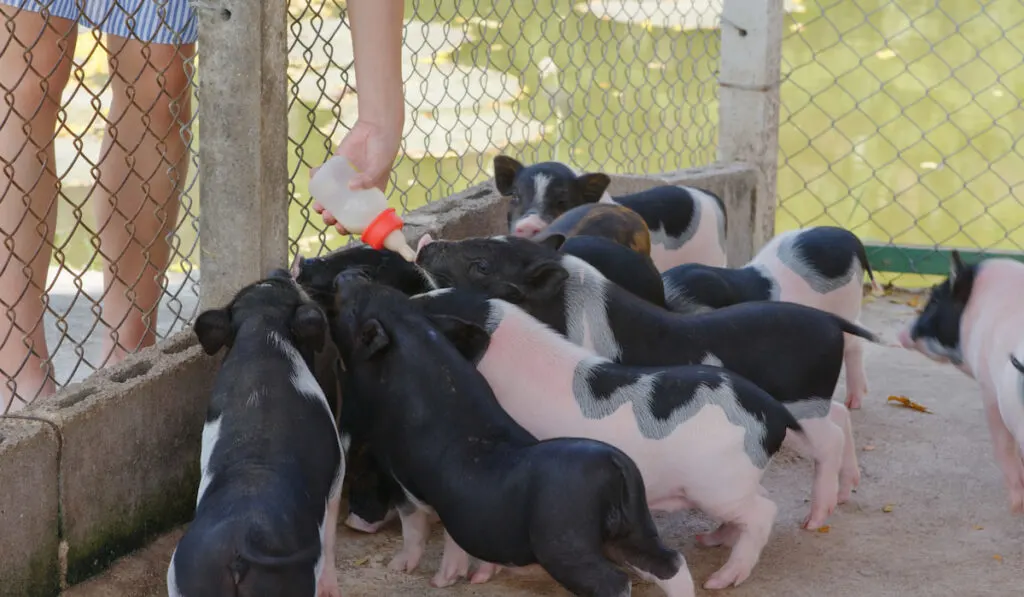
Pigs are the lone animals on this list that can just drink cow’s milk straight until they have to lay down from overextended bellies without having any negative effects, short or long term.
Pigs are perfectly fine with drinking milk, which makes sense because pigs are close to humans anatomically in more ways than any other animal. Milk in great quantities—if it’s affordable—is an excellent method for fattening up pigs.
There are no real detrimental effects that pigs suffer from drinking milk, so as far as they’re concerned, bottoms up!
Goats
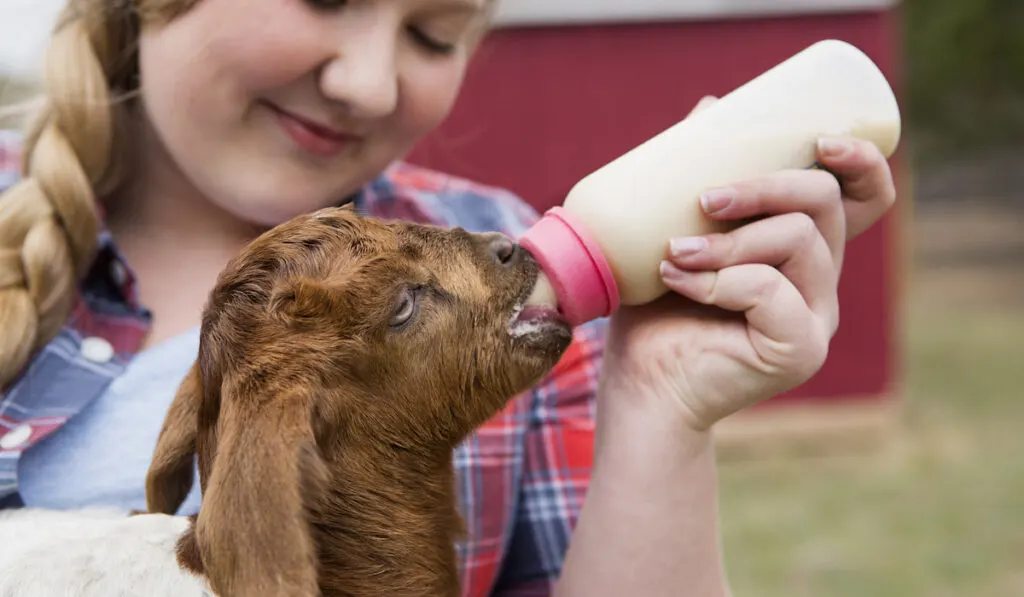
In terms of rearing a goat, milk straight from the cow’s udder is the absolute best and will work just fine for their nutritional needs. Powdered milk and store-bought milk, however, will need to come with additives in order to give the goat the appropriate nutrition it needs.
Cow’s milk purchased from the store is about 1.25% lower in fat than raw goat’s milk. So if you go with store-bought or powdered milk, the additional fat has to be added into the mix. Also, goats are picky and want it warm.
After you add in the fat, the milk needs to be just warm, not steaming hot, in order to get a baby goat to consume it.
Puppies
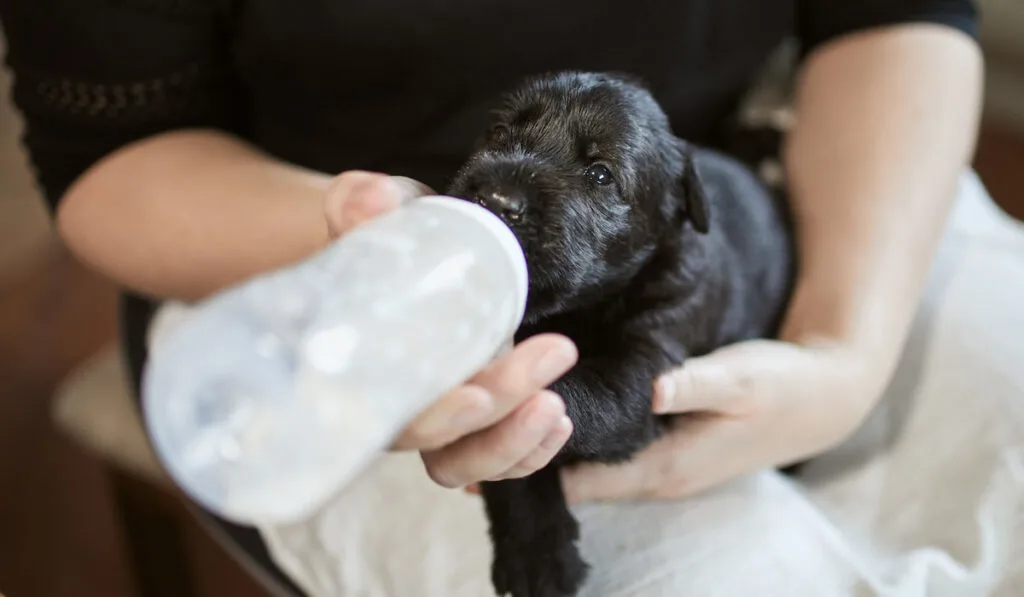
When it comes to puppies and dogs, they love the taste of milk and they can consume it, just not in large quantities. With puppies or fully grown dogs, cow’s milk can be served as a treat after dinner.
So long as it is in small portions, such as a little bit on a saucer, they’ll lap it right up with absolute glee. Too much, however, and they’ll suffer from some digestive discomfort and may even get diarrhea for an afternoon.
If they drink far too much, you’ll be cleaning up after them all through your house for an entire day. Dogs are often lactose intolerant, so they can’t have vast quantities of cow’s milk, no matter how much they love it. And they really do love it.
There are a good number of dogs that are not lactose intolerant, or at least not to a great degree, and can have a decent amount of milk without having a problem at all.
If you decide to let your dog try some, be sure to introduce it in very small quantities so you can see their reaction.
The Common Rat
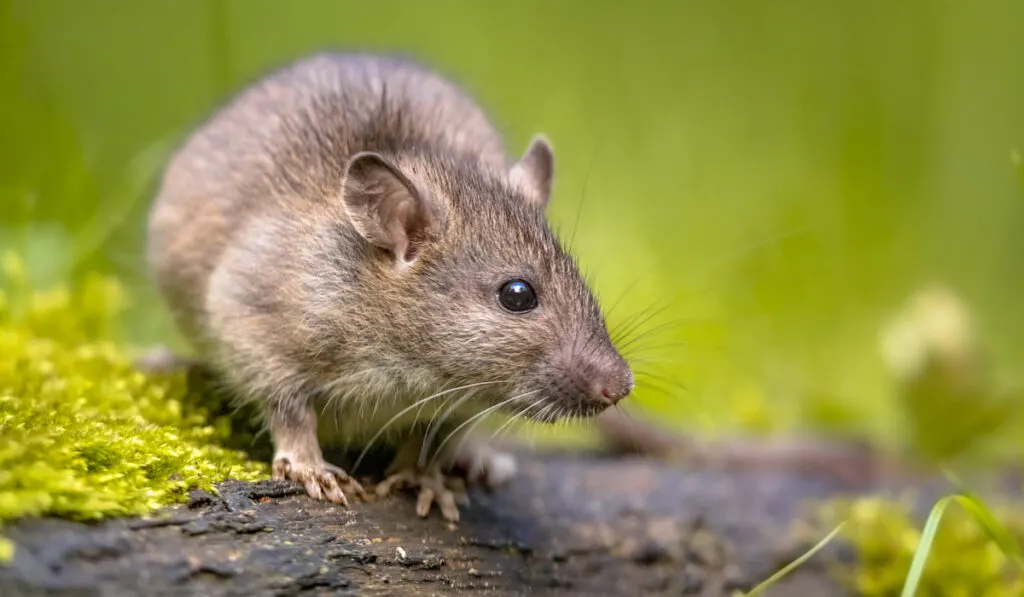
Cow’s milk is capable of fulfilling up to 25% of a rat’s total diet. They have more lactose tolerance than most other animals but they still can’t take cow’s milk in enormous quantities. Even a rat can get indigestion and diarrhea.
However, even if they overdo it a bit, it won’t serve as a significant poison for them and a brief period where stomach ailments are a problem is about all a rat can expect if they decide to get a little overindulgent.
They don’t dislike it either. If you bring a pet rat a saucer of milk, it will drink it without a single complaint or hesitation.
Still, you shouldn’t give cow’s milk to rats in vast quantities but rather as a treat, in small amounts. That is, of course, unless you want to clean up afterward.
Humans
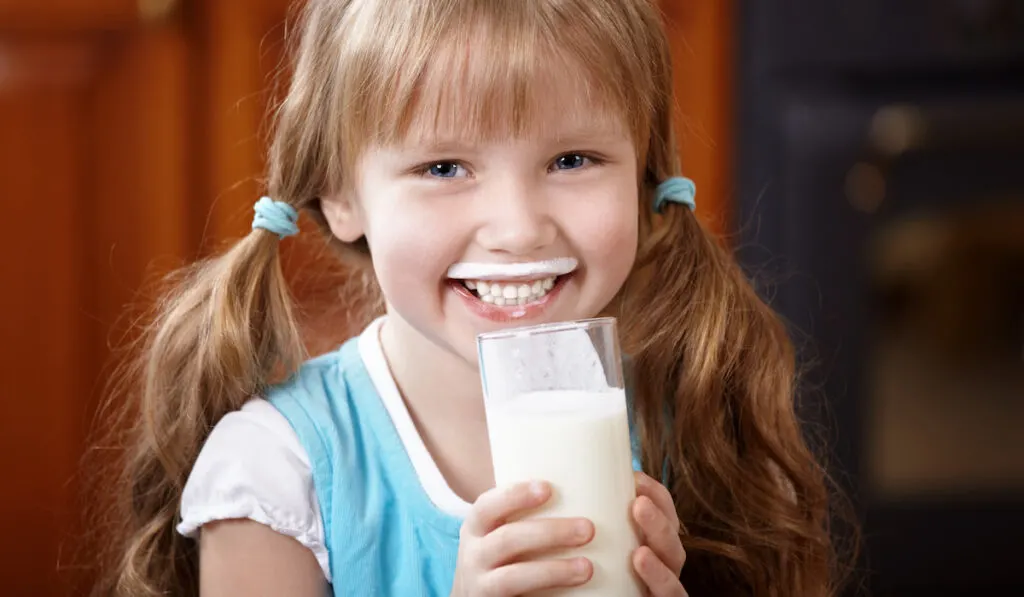
We decided to throw humans on the list because we are animals after all and a strange thing seems to be happening when it comes to cow’s milk and human consumptions of it.
Humans are classified as chordates under the classification of the animal phylum.
As such, we share a lot of traits with the animals that share this planet with us, including a growing intolerance for lactose. As of today, 65% of the entire human population is losing its ability to tolerate lactose (Source).
Currently, humans are relatively capable of tolerating cow’s milk but—at the rate, we are currently going—that doesn’t seem to be a feature that’s going to last.
That would be an interesting irony, as human beings are the only mammals that drink milk as adults.
